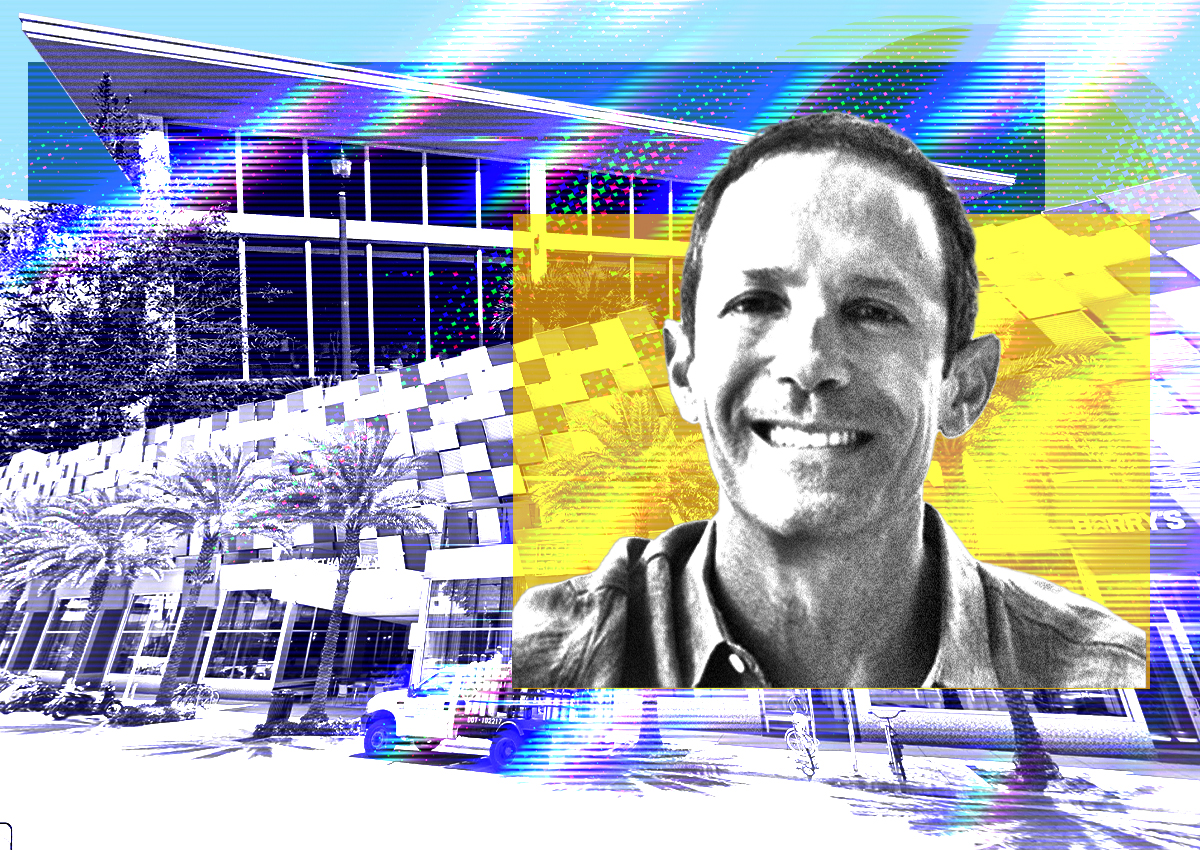
The decision was made by westfield and brookfield Handing over the keys to the San Francisco mall they’ve operated downtown for decades hasn’t gone unnoticed by the city’s retail agents, who say since the pandemic, retail activity has shifted to nearby malls even when downtown has been empty. on the street.
“I saw this coming,” Avison Young agent Cameron Baird said of the news about the Westfield San Francisco Center mall. “I think they try to sell And throw in the towel. ”
Nordstrom recent announcement It would leave the property meaning co-lease terms based on anchor stores were broken and “store space users have been leaving malls,” he said, adding that block-long mid-rise buildings with distinctive domed roofs were likely to find A buyer who would “buy it at a huge discount and bank it until SF recovers.”
Exactly what will happen to the 1.8 million square feet of retail and office space across from the Powell Street cable car turnaround station is unknown. Meanwhile, regular shoppers won’t notice a difference, as malls “will likely remain open through a transfer of control,” according to Ali McEvoy, its former leasing manager, now at Maven Commercial, who expects this to happen. The sale will lead to a “positive outcome”.
“The vertical form of traditional malls is often not suitable for our local shoppers and centers need to be re-imagined with mixed uses in mind,” she said by email, adding that the mall’s ground-floor tenants pay the highest rent and don’t seem to be going anywhere. go.
Nordstrom’s departure “only increases the likelihood that single-brand retailers will maintain a presence in San Francisco,” and if they are replaced by Westfield’s next turnaround, they may choose to stay nearby. She thinks the food and entertainment center is well suited for its layout and location near public transit, and said the city could help make downtown shopping more attractive by reopening that portion of Market Street to car traffic.
“Not everyone has access to BART, and when we put up a mile-long barricade downtown, we’re discouraging a ton of people from driving into San Francisco,” she said.
in the absence of drivers and lack of office workers“There are not enough institutions in and around the financial district [central business district] Union Square is still taking some damage,” Baird said.
Add to that the city’s current image issues, which both Baird and McEvoy point out are based more on perception than reality, and the fact that the national chains needed to fill Union Square’s vast retail space are increasingly difficult to find. But that doesn’t mean they’re gone forever, Baird said.
“We’ve talked to a couple of national retailers that have recently pulled out and they’re saying, ‘We’re taking a break from San Francisco,’ which I take to mean that once we sort things out, they might come back,” he explained. “But until we do, they’re not going to be looking for locations in cities.”
transfer to community
The nearby shopping strip is another story, the agent said.
They appeal to everyone, from local business owners taking advantage of lower rents to physical presence.
“These are completely different ecosystems,” said Maven’s Pamela Mendelsohn, noting that downtowns have different store sizes, audiences and rents than neighborhood strips. Formula retailing is also prohibited in many communities—those with 11 or more locations worldwide—so national brands cannot enter without the added hassle, time and expense of obtaining a conditional use license.
Mendelsohn added that since the early 2000s, there has been a divide between tenant types focused on downtown and neighborhoods. Smaller multi-brand stores and lesser-known brands that couldn’t keep up with rising rents in Union Square began moving to the nearby strip, “where people may have more leisure time shopping instead of allocating time to the many different entertainment venues in San Francisco. “
Nearly a quarter of Union Square’s 3.2 million square feet of retail space was vacant in the first quarter of this year, according to Avison Young, compared with about 15% of retail properties in the neighborhood center.
To put it in another perspective, for retail properties in malls, the vacancy rate was 12.5%. For retail properties not located in shopping centers, the vacancy rate was 4.8 per cent, the data showed.
Some of the city’s more active shopping streets are located in its northern neighborhoods, which also have Most Successful Residential Tenantsome of whom are now paying higher prices than they were before the pandemic, while other parts of the city are still far from those peaks.
According to Maven’s Santino DeRose, Chestnut Street has been the “strongest neighborhood” for the past three years, with asking retail prices ranging from $60 to $100 per square foot. That beats $35 to $60 in North Beach, which is also “very active” and has very low vacancy rates.
Vans, Herman Miller and Faherty are all recent Maven deals in Chestnut, he said, while North Beach has been attractive to bars and restaurants like Convivium Bar and Sai’s, a longtime Vietnamese favorite that recently announced it will Moved to North Beach after being acquired.Relocated from its decades-old home SHVO rebuilds buildings around Transamerica.
After losing about 20 businesses during the pandemic, De Rose said Fillmore Street is “booming again” with recent arrivals including Lululemon, jeweler Alexis Bittar and Sezane, a permanent Paris-style fast-food chain. Flash store. Hayes Valley is also seeing a lot of turnover because “what was once the hottest neighborhood in the city has cooled off during the pandemic,” but vacant spaces are quickly being eaten up, he said.
“Hayes Valley is one of those communities that we think will be slowly transforming,” Mendelsohn said. “But they closed the streets, they went out to sell, they kept all the restaurants open. The Chamber of Commerce bounced back really hard.”

Other communities have not recovered as quickly. DeRose said Valencia Street still has “great interest” from retailers, but has also seen a “significant realignment over the past three years.” Retail rents have dropped from $48 to $72 per square foot in 2019 to $36 to $60 per square foot today, depending on the location, size and condition of the space, he said.
As an added draw for retail tenants, local landlords who hold their buildings long-term and have strong ties to the community are more flexible with rent, and tend to be more in neighborhoods than downtowns, Mendelsohn said.
Urban recovery?
Baird said he wouldn’t rule out flexibility for downtown landlords to help bring retailers there, in part because they need to provide amenities in buildings to attract office tenants, and that’s where “the real revenue is going to be.” .
“These landlords in downtown right now are willing to offer extremely cheap deals, spending money and TI to bring tenants downtown,” he said. “I think a lot of them see the ground floor spaces as real amenities, where they used to be profit centers.”
In Union Square, the Maven agency said that despite the headlines, big luxury brands are still eager to enter the city and don’t need as many sales volumes gap or H&M to meet its revenue goals. Other brands already in the square expanded their footprints, including YSL, Bottega Venetta and Bruno Cucinelli, they said.
“I think the statement was, ‘We’re happy with our numbers, and we’re happy that we’re going to invest in expanding our space and selling more products,'” Mendelsohn said.
She hinted that other luxury retailers could be coming to Union Square soon, but high-fashion retailers don’t like news of their deals leaking out before they’re ready, which puts the area’s vacancy rate at odds with actual occupancy rates. There is some lag between them.
“I think as brokers we see trends earlier than anyone else,” she said.







